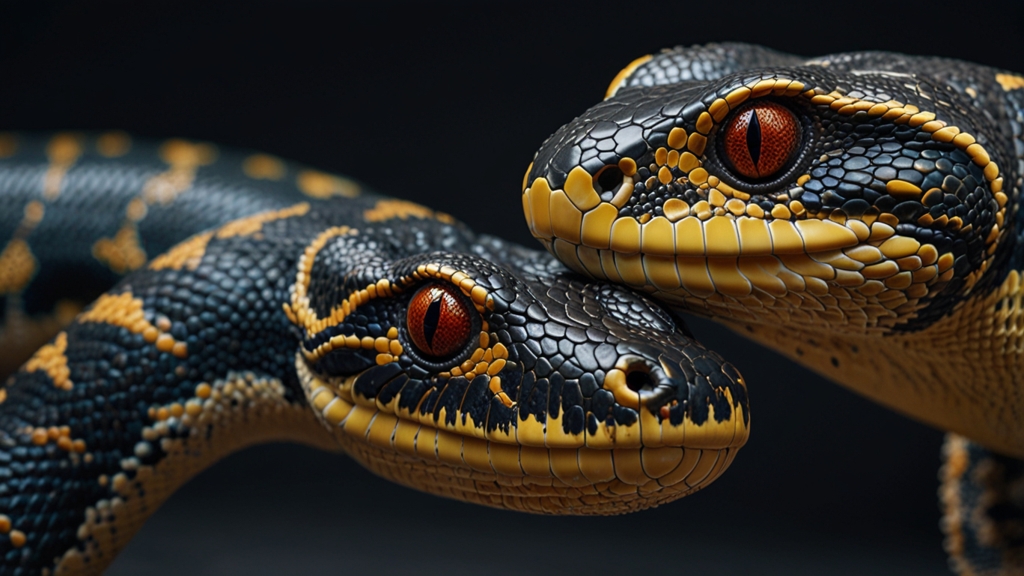Secrets of the Sea: How Marine Life Communicates
The ocean is a boundless expanse of deep blue, teeming with life that engages in a variety of complex communication methods. Beneath the waves, marine creatures use an astonishing array of signals to convey messages, ensure survival, and interact with their environment. Understanding these methods opens a window into the social structures and behavioral patterns of marine life.
Sound: The Universal Language
Sound travels faster and farther in water than in air, making it an essential tool for communication among marine animals. Whales and dolphins are perhaps the most well-known users of this method. Humpback whales produce intricate songs that can last for hours and travel across vast oceanic distances. These songs are believed to play a role in mating rituals, as well as in establishing territory.
Dolphins, on the other hand, employ a sophisticated system of clicks and whistles. Each dolphin has a unique "signature whistle" that functions much like a name, allowing individual dolphins to identify and locate each other.
“A dolphin's signature whistle is its acoustic fingerprint, a unique identifier that underscores the complexity of social interactions in the ocean.” — Marine Biologist, Jane Smith
Bioluminescence: Lighting Up the Depths
Down in the dark regions of the ocean, light becomes a crucial medium for communication. Bioluminescence, the ability of organisms to produce light through chemical reactions, serves multiple purposes. Firefly squid illuminate their bodies to attract mates and prey, whereas some anglerfish species use glowing lures to ensnare unsuspecting victims.
This phenomenon is not limited to fish. Certain types of jellyfish, plankton, and even bacteria exhibit bioluminescence, creating an underwater world that glows like a starry night sky.
“The ocean depths would be a much lonelier place without bioluminescence. It's not just a spectacle; it's a crucial form of interaction and survival.” — Oceanographer, Dr. Emily White
Chemical Signals: The Invisible Messages
Chemical communication, or chemoreception, involves the detection of chemical substances released into the water. This method is prevalent among fish and crustaceans, who release pheromones to attract mates or signal distress. Sharks possess an exceptional sense of smell, capable of detecting a single drop of blood in millions of gallons of water, allowing them to locate prey over considerable distances.
Visual Signals: The Silent Language
Many marine animals rely on visual signals for communication. The vibrant color patterns of reef fish and cephalopods (such as octopuses) are used to establish dominance, attract mates, or signal danger. Octopuses, in particular, showcase astonishing adaptability by changing both color and texture to blend into their surroundings or to communicate with other octopuses.
Seahorses engage in an elaborate courtship dance involving synchronized swimming and color changes that strengthen pair bonds. Similarly, cuttlefish use dynamic color displays to communicate with potential mates or rivals.
Tactile Communication: The Personal Touch
Less common but equally important is tactile communication, which involves direct physical contact. This method is often observed in species with strong social bonds or close-knit groups. Dolphins, for example, engage in gentle rubbing to reinforce social bonds and express affection. Lobsters use their antennae to establish dominance hierarchies and assess the physical condition of rivals.
Like humans, marine animals have developed diverse and sophisticated ways to communicate, ensuring their success and survival in the vast oceanic world. The study of these communication methods not only enhances our understanding of marine biology but also underscores the complexity and beauty of life beneath the waves.
“Understanding marine communication is like cracking an ancient code. The more we learn, the more we appreciate the rich tapestry of life in our oceans.” — Marine Ecologist, Dr. Robert Aquila










